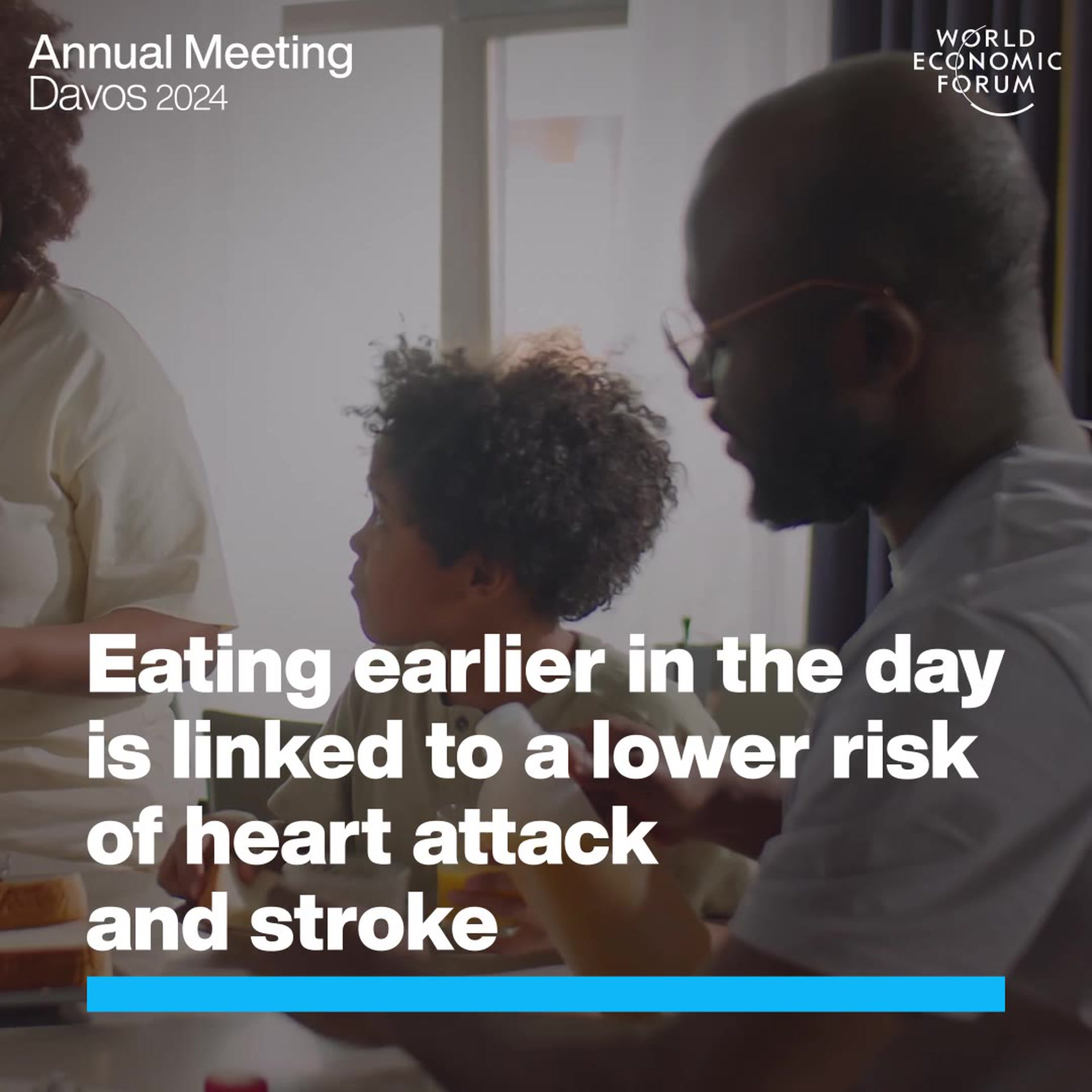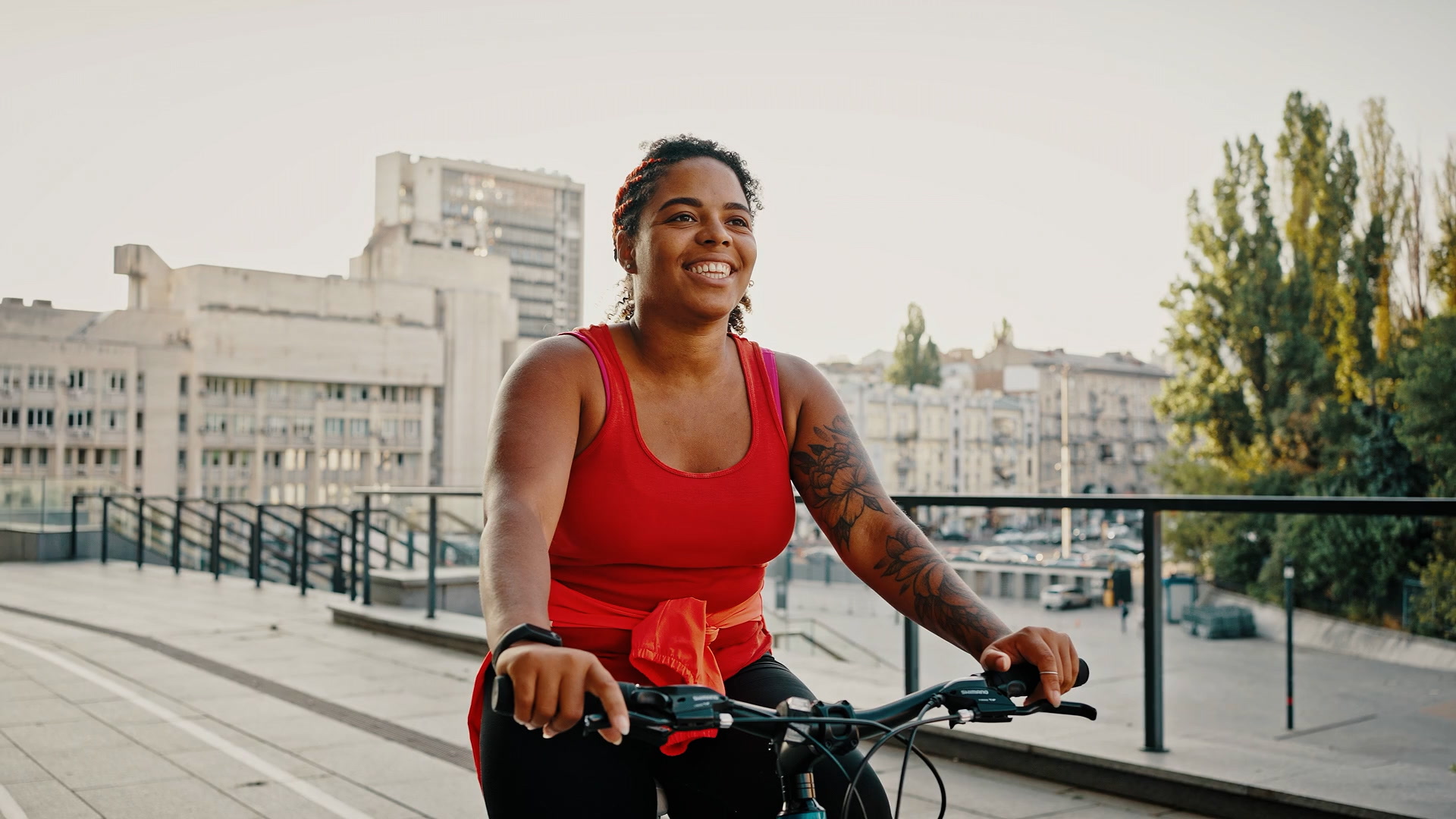How can we encourage children to walk or cycle to school?


Get involved with our crowdsourced digital platform to deliver impact at scale
Stay up to date:
Behavioural Sciences
Increasing walking, biking and other modes of active school travel can help to reduce childhood obesity and improve the lives of children and adolescents as well as saving money on busing children to school. These are the headline results of research by the US Congress’ Safe Routes to School program.
However, their research finds that among children who live within just a quarter of a mile of school, only 56% usually walk or cycle. The reasons may be: a lack of sidewalks, high volumes and speeds of traffic, unsafe road crossings, worries about children travelling on their own, and high rates of car ownership.
The program is urging action to tackle this. SRTS has increased rates of walking and biking and improved safety in areas where it has been working. Their research shows that the program is an economically sound investment that can decrease health costs and school transport costs.

Above: Comparison of school travel modes 1969-2009: a trend that must be reversed.
Nearly 14,000 elementary and middle schools in the United States have received a portion of £1.2 billion provided by Congress between 2005 and 2012 for the purpose of providing safe routes to school.
Research on the effectiveness of this spending shows that active travel by the children gave them increased physical activity. There was no evidence that the children compensated by doing less activity at other times of the day.
The cardiovascular fitness of cyclists was improved, but not of walkers.
A similar study of 3847 students in grades 7 to 9 in Denmark, which has a strong cycling culture, found that biking and walking to school is associated with lower body mass index and lower chances of being overweight compared to using automotive transit.
Furthermore, in general, physically active children also tend to perform better academically. The evidence suggests that physical activity amongst children contributes to better mental health.
 Above: Average rates of walking and cycling to school for those in SRTS programs
Above: Average rates of walking and cycling to school for those in SRTS programs
This is backed up by another study of 1700 adolescent girl students from five cities in Spain, which found that those who walked or biked to school were more likely to do better on a standardised test measuring their verbal, numeric and cognitive skills.
Back in the US, a study of 801 schools in the District of Columbia, Florida, Oregon and Texas found the SRTS increased the proportion of students walking and biking to school and that these effects built over time. The study compared the students to those in schools which did not participate in the program.
What kind of improvements were made to encourage students to cycle or walk to school?
 Above: Percentage of children walking and cycling to school before and after SRTS programs in five states
Above: Percentage of children walking and cycling to school before and after SRTS programs in five states
- Improving intersections and adding sidewalks increased walking or biking weights by 3.3 percentage points per year, adding up to 18% over five years.
- Education and encouragement programs gave a 1 percentage point per year and 25% over five year increase
- Parents and caregivers identify issues such as traffic speed, traffic volume and lack of sidewalks as barriers to active travel to school.
- A New York City study found a 454% reduction in injury rates the children in areas that received SRTS interventions.
- In Toronto, it was found that increased rates of walking and biking did not increase child pedestrian injury rates.
These kind of interventions can also save money for schools and on health care.
- American school districts currently spend $100-500 million a year to bus children just one or 2 miles to school. Improving walking conditions near schools can reduce this cost substantially.
- In New York City the total cost of implementing measures which achieved this was just able $10 million but produced estimated cost savings of $221 million by reducing costs associated with injury, lifelong disability and death.
There is no mention of improvements to air quality and reduced greenhouse gas emissions as a result of fewer vehicles travelling on the road in the research results, or of a reduction in congestion caused by the ‘school run’, but it can be assumed that these naturally follow.
The conclusions seem clear: more funding is needed to help schools and local authorities implement these measures. The savings and multiple benefits speak for themselves.
This article is published in collaboration with Sustainable Cities Collective. Publication does not imply endorsement of views by the World Economic Forum.
To keep up with the Agenda subscribe to our weekly newsletter.
Author: David is Special Consultant for Sustainabl Cities Collective.
Image: Children walk past a mural at Morro Santa Marta, the first ‘pacified’ favela in Rio de Janeiro. REUTERS/Ueslei Marcelino.
Don't miss any update on this topic
Create a free account and access your personalized content collection with our latest publications and analyses.
License and Republishing
World Economic Forum articles may be republished in accordance with the Creative Commons Attribution-NonCommercial-NoDerivatives 4.0 International Public License, and in accordance with our Terms of Use.
The views expressed in this article are those of the author alone and not the World Economic Forum.
The Agenda Weekly
A weekly update of the most important issues driving the global agenda
You can unsubscribe at any time using the link in our emails. For more details, review our privacy policy.
More on Behavioural SciencesSee all
Peter Dizikes
November 27, 2023
Aaron De Smet and Patrick Simon
September 25, 2023
Kate Whiting and Kateryna Gordiychuk
September 6, 2023






